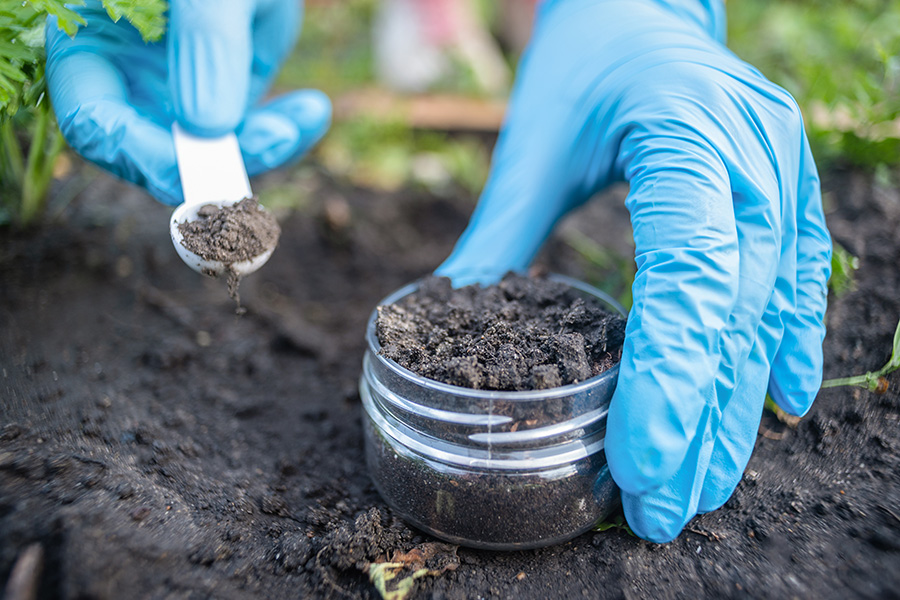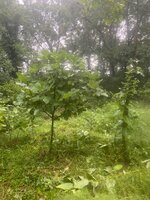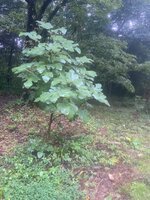After 4 years of planting fig trees started by various means and watching over them closely, I now have 8 trees planted in the ground. One was planted in ground 4 years ago, 3 planted in ground 3 years ago, and 2 planted in ground last year.
Judging by the size and health of these trees, and what I've read about how soon fig trees bear fruit, I would have expected more than 6 or 7 figs total production from all these trees.
One tree is 8 feet tall, one is 7 feet tall, two are about five feet tall and two are about three feet tall.
All of these trees set one or two fruit when they were young cuttings still in the pots.
But the last two years, all trees combined have produced less than 10 figs in total.
They get more than 6 hours direct sunlight per day and are growing in a rich dark sandy loam in which no crops have been grown in more than 50 years.
After seeing online photos of smaller trees loaded with figs growing in pots, I am concerned that waiting for my trees to mature enough to produce more fruit is a mistake. I just don't want to go through another year without a reasonable yield.
Am I missing something?
Thanks for your thoughts.
Judging by the size and health of these trees, and what I've read about how soon fig trees bear fruit, I would have expected more than 6 or 7 figs total production from all these trees.
One tree is 8 feet tall, one is 7 feet tall, two are about five feet tall and two are about three feet tall.
All of these trees set one or two fruit when they were young cuttings still in the pots.
But the last two years, all trees combined have produced less than 10 figs in total.
They get more than 6 hours direct sunlight per day and are growing in a rich dark sandy loam in which no crops have been grown in more than 50 years.
After seeing online photos of smaller trees loaded with figs growing in pots, I am concerned that waiting for my trees to mature enough to produce more fruit is a mistake. I just don't want to go through another year without a reasonable yield.
Am I missing something?
Thanks for your thoughts.





